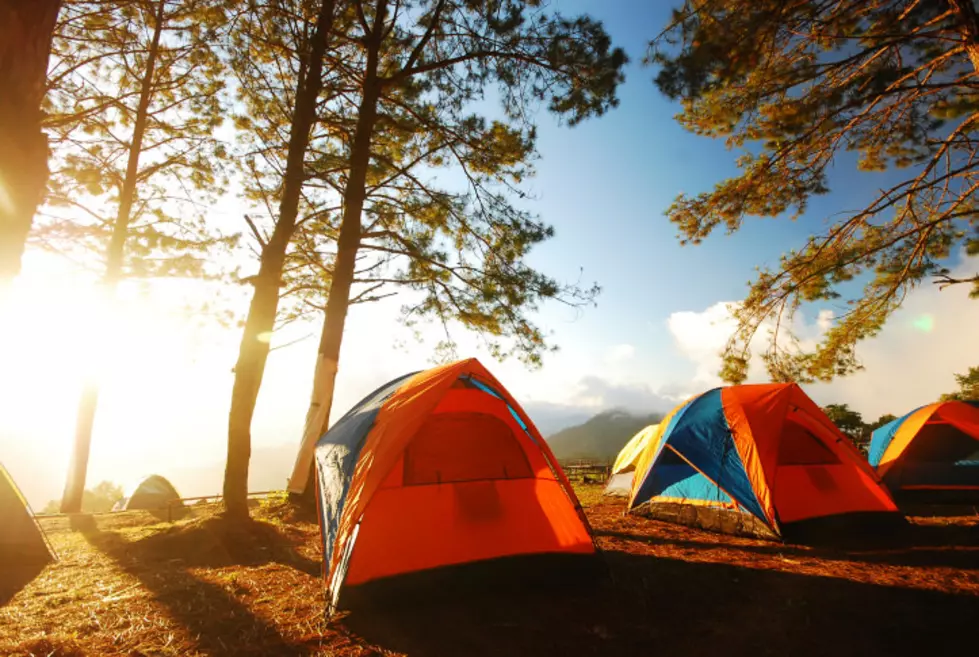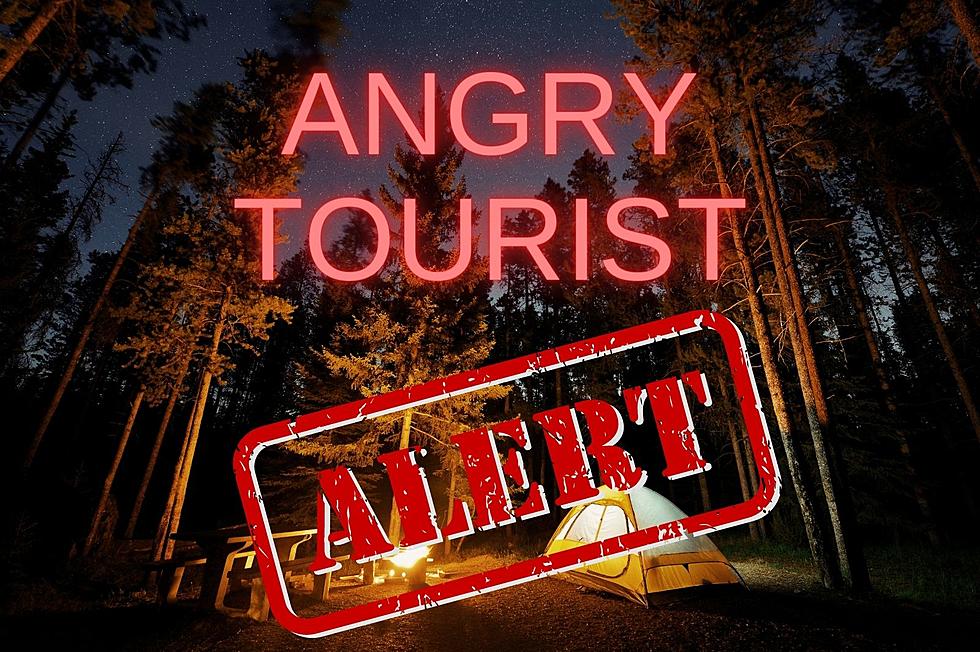
Bear And Wildlife Awareness In The Area Heightened
Area recreationalists are being urged to keep bear and wildlife awareness in mind, given the late melt-off of the snow pack and increased likelihood of encounters. US Forest Service wildlife officials are urging national forest visitors across Montana and Northern Idaho to exercise more caution as they explore national forest areas to reduce the potential for adverse wildlife encounters this summer.
Specialists report that the prolonged snow pack situation has caused a delayed ‘green-up’ of vegetation and habitat, particularly for grizzly bears. As a result, wildlife is moving farther down mountain ranges to find food, increasing the likelihood of unexpected encounters with Forest visitors and employees.
Here are some recommendations from the Forest Service that visitors should follow for their own safety and the safety of wildlife:
- Visitors should be more aware and vigilant of their surroundings when they are hiking the trails, picking berries, fishing or camping. The most common tactics include actively looking for signs that grizzlies may be in the area, and making yourself obvious on the trail by traveling in groups or four or more and being noisy.
- Before you venture out on a trail, or to a campsite or recreation area, check with the local District Ranger or other local resource management office to find out about recent wildlife activity and if any areas are closed because of wildlife issues.
- Wildlife are typically more active early or late in the day and often use the same trails as humans, increasing the chances of an encounter.
- The most common causes for an attack are when bears and other wildlife are surprised by your presence, especially females with young, or when you come upon an animal near a food source.
- You should never from a bear or any wildlife. You should make loud noises as you slowly move backwards from the area without turning your back to the animal.
- You should report any type of encounter with wildlife, as a means of both documenting the animals' presence and as information and awareness for other visitors.
- When camping, all food, garbage or other items that would attract wildlife (including pet or livestock feed and items such as lotions and deodorant) must be made unavailable to bears by storing in an approved bear resistant container, a vehicle, or suspended high out of the reach of bears (generally at least 10 feet above the ground and more than 4 feet from the support that it is suspended under).
The Forest Service is part of the Interagency Grizzly Bear Committee, whose website provides additional in-depth grizzly bear information for visitors to areas across the Rockies. You can also find the contact information for all of the Northern Region national forests at www.fs.usda.gov/r1, or from the national website at www.fs.fed.us.
More From The Moose 94.7 FM









